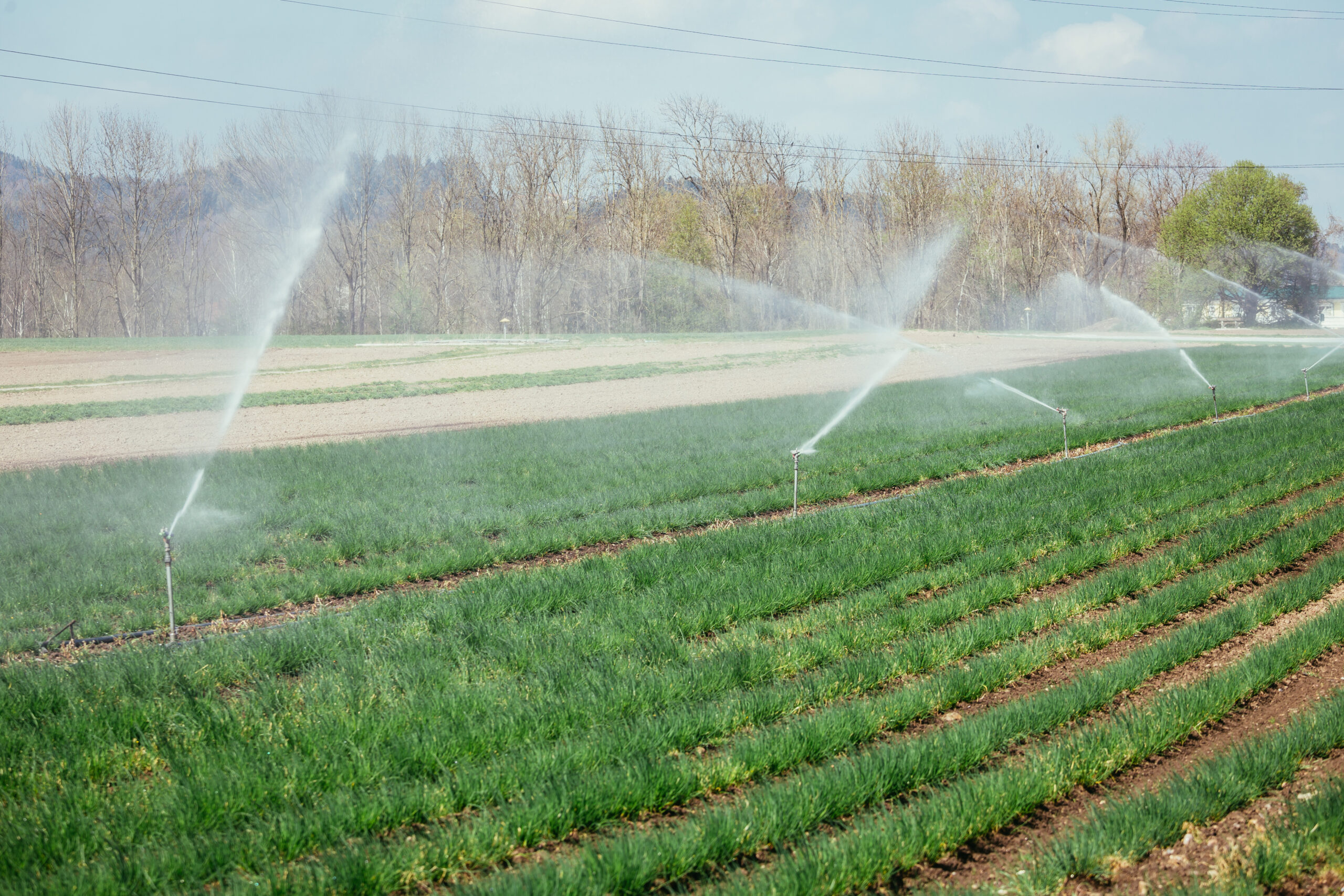
Based on the site assessment and water supply analysis, the irrigation designer develops a detailed plan for the irrigation system. This plan includes the following aspects:
-
Layout and Placement: The designer determines the placement and spacing of sprinklers, drip emitters, or other irrigation devices. They consider factors like the plant types, soil characteristics, and topography to ensure even water distribution and avoid water wastage or overwatering.
-
Pipe Network Design: The designer establishes the layout of pipes, valves, and fittings that will transport water throughout the system. They consider factors such as water pressure requirements, flow rates, and hydraulic losses to determine the appropriate pipe sizes, pipe materials, and the optimal routing of the pipe network.
-
Valve and Controller Placement: The designer identifies the locations for control valves and irrigation controllers. These components allow for the automated control of water flow and scheduling, ensuring efficient and precise irrigation.
-
Backflow Prevention: Backflow prevention devices are crucial to safeguard the water supply from contamination. The designer incorporates appropriate backflow prevention measures, such as backflow prevention valves or air gaps, based on local regulations and industry standards.
-
Irrigation Zoning: If the site has different water requirements for various areas, the designer divides the irrigation system into zones. Each zone may have specific watering schedules and different types of irrigation methods to cater to the unique needs of different plant types or areas with varying sun exposure, soil conditions, or water requirements


Hi there, we are looking for a licensed irrigator to create an irrigation plan that is stamped by a licensed irrigator. We have completed a conceptual plan as well as a site plan in CAD we just need to have an irrigator stamp/ adjust to fit the correct requirements.
Need an irrigation design drawn for a house in McKinney Tx